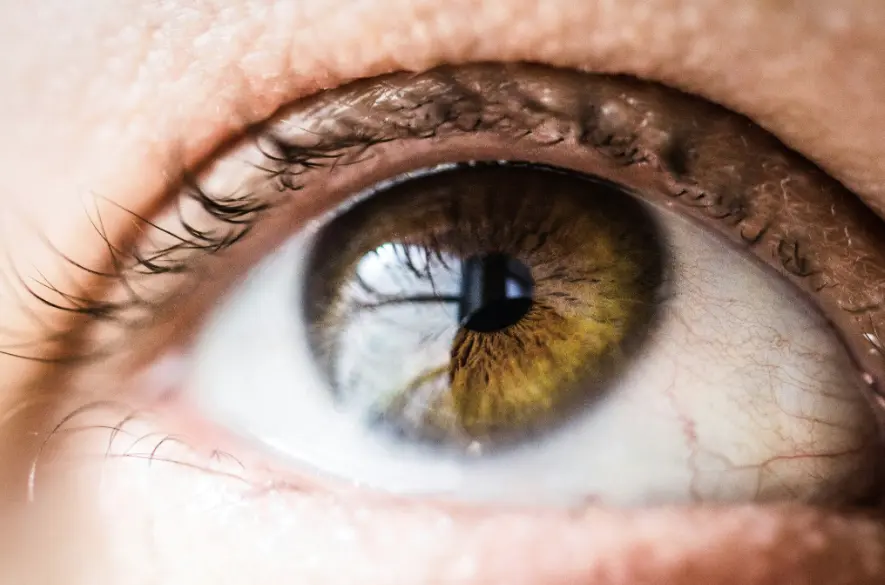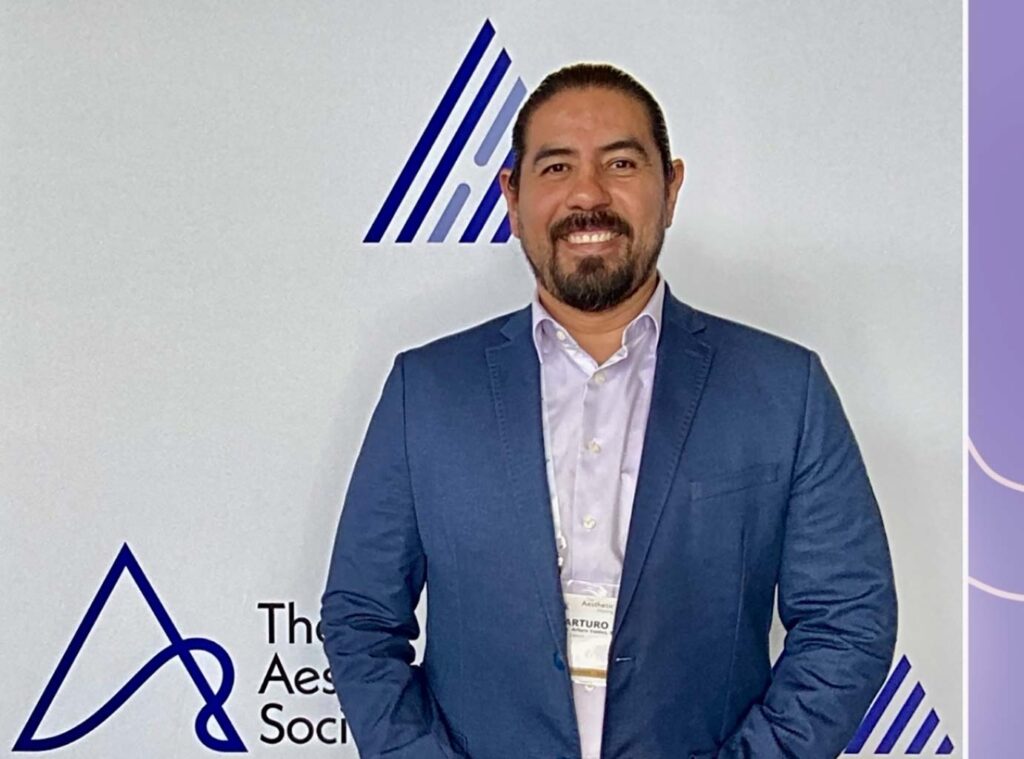Modern Brazilian Butt Lift (BBL) surgery is much safer than it once was. Thanks to improved fat-injection techniques, real-time ultrasound guidance, and stricter surgical standards, the BBL mortality rate has dropped to about 1 in 15,000—the same as a tummy tuck. Choosing a board-certified surgeon, an accredited facility, and following all pre- and post-op instructions dramatically increases your safety and long-term results.
The days of being stick thin are over, and being curvy is what’s in. While you’ve embraced having your body fill out, there’s still one place that’s lacking: your buttocks. You’re annoyed that no matter what you try, you just can’t seem to get a plumper posterior, and because of that, you’re turning to outside enhancements.
You’ve got your eye on a Brazilian butt lift (BBL), as it can kill two birds with one stone. Not only will it get rid of excess fat, but it’ll also give you the plump butt you’ve always wanted.
Is BBL surgery safe though? Read on to see whether the benefits outweigh the risks for you.
What’s BBL Surgery?
To understand how safe BBL really is, you must first know what this surgery entails.
During a BBL, a plastic surgeon will remove fat from other parts of your body (this is called liposuction), such as your stomach, thighs, or flanks. The fat is purified, and then it’s injected into your buttocks to create a fuller, rounder appearance.
This procedure is extremely appealing because it takes care of two issues at once: it eliminates fat in unwanted places and places it in your posterior to make it larger.
Is BBL Surgery Safe?
Generally speaking, BBL surgery is safe, as long as you research your options and choose an experienced and reputable surgeon. However, this wasn’t always the case.
Historically, the BBL mortality rate was pretty high; the American Society of Plastic Surgeons reported the rate being as high as 1 in 3,000 in a statement made in 2018, with data collected prior to that year. The good news is that the rate has dropped dramatically, with the number changing to 1 in 15,000 in 2022 (the same mortality rate as tummy tucks).
Why Is BBL So Dangerous?
Currently, are BBLs dangerous? No, if you go with a board-certified plastic surgeon.
But, as you can see from the above statistics, mortality rates were relatively high up until a few years ago. So why is that the case?
The main answer is that the deaths were caused by fat embolisms, which is when injected fat accidentally enters a vein and travels to the heart or lungs. As a result, the patient has fatal complications. Why did this happen?
Well, early BBL techniques injected fat into or below the gluteal muscle, and there are large veins there. If fat entered these veins, then fat embolisms occurred. In addition, there were many inexperienced surgeons who didn’t have proper training in BBL-specific techniques.
And lastly, there was a surge in this procedure’s popularity, and “surgery mills” popped up to fulfill this rise in demand. As the name implies, these establishments prioritized quantity over quality, and because they rushed the surgeries, they used sloppy techniques and had poor patient monitoring, leading to bad BBL jobs.
How BBL Safety Has Improved
What’s wonderful is that new guidelines have been put in place by organizations like the American Society of Plastic Surgeons (ASPS) and the Multisociety Gluteal Fat Grafting Task Force. For one, surgeons are now trained to inject fat above the gluteal muscle, and never into it (this is called a superficial injection). Also, some surgeons now use real-time ultrasound imaging guidance to make sure the fat is placed correctly.
Plastic surgeons are now encouraged to have specific BBL training too, as well as board certification. More importantly, there are stricter operating standards now. Accredited surgery centers have adopted better patient safety protocols, such as limiting the number of BBLs done per day.
Common Risks and Complications
Although BBLs are safer now, you need to keep in mind that all surgeries come with risks. They include:
- Fat embolism (very rare with modern techniques)
- Infection (cellulitis, a serious skin infection)
- Fat necrosis
- Blood clots
- Asymmetry
- Fluid buildup
Do note that serious complications are rare, plus they’re immediate. They tend to happen during or immediately after the BBL.
Factors That Affect BBL Safety
Not every situation is the same; you may have a different experience from another patient due to your unique circumstances. However, there are certain things that affect how safe your procedure will be.
Surgeon’s Credentials
You should always choose a board-certified plastic surgeon. They should be certified by the ASPS or the country’s equivalent.
In addition, ask how many BBLs they’ve performed and what their safety record is.
Surgical Technique
It’s of the utmost importance that the surgeon you pick injects fat into the subcutaneous layer, and not into or under the muscle. If they use ultrasound guidance, then there’s a safety advantage.
Surgical Setting
Not only should the surgeon be accredited and experienced, but the surgical setting should be top-quality too. You should have your BBL in an accredited facility with hospital-level sanitation and emergency care readily available.
Your Health
You should be:
- A non-smoker
- At a healthy weight
- Free from major health issues
Pre-surgical screening (such as labs and physical exams) is crucial for identifying hidden risks.
Post-Operative Care
Careful aftercare is required for a few weeks after your surgery. You’ll have to avoid sitting or lying directly on your buttocks. If you wear compression garments and follow your surgeon’s instructions, you’ll reduce complication risks too.
How to Maximize Your Safety
How safe is a BBL surgery? Only as safe as you make it.
Make sure you thoroughly research your options; consider the surgeon’s training, experience, and reviews. You should also choose quality over price.
Once you’ve narrowed your choices down, have a consultation. When meeting with the surgeon, ask questions and always trust your instincts.
After you book your surgery, follow all pre- and post-op instructions. Prioritize your health; don’t smoke or drink alcohol, and eat a healthy diet.
Have a Safe BBL Done
The answer to the question, “Is BBL surgery safe?” is “Yes, with the right surgeon.”
It’s definitely not a risk-free procedure, which means that it needs serious consideration before you make a final decision. But by investing time into finding a highly skilled surgeon and understanding the risks, you’ll increase your chances of a safe procedure.
Has this post put your mind at ease, and are you ready to move forward with a BBL? Then schedule a consultation with us today. Dr. Valdez has multiple certifications to back his 16 years of experience as a plastic surgeon.
References
- Monday A 6. Plastic Surgery Societies Issue Urgent Warning About the Risks Associated with Brazilian Butt Lifts. American Society of Plastic Surgeons. Accessed April 27, 2025. https://www.plasticsurgery.org/news/press-releases/plastic-surgery-societies-issue-urgent-warning-about-the-risks-associated-with-brazilian-butt-lifts
- Writer KC| F, Monday M 28. Seven things you need to know about a Brazilian butt lift. American Society of Plastic Surgeons. Accessed April 27, 2025. https://www.plasticsurgery.org/news/articles/seven-things-you-need-to-know-about-a-brazilian-butt-lift
- Fat Embolism Syndrome: Causes, Symptoms & Treatment. Cleveland Clinic. Accessed April 27, 2025. https://my.clevelandclinic.org/health/diseases/23995-fat-embolism-syndrome
- Surgical fat transfer. nhs.uk. January 26, 2023. Accessed April 27, 2025. https://www.nhs.uk/conditions/cosmetic-procedures/cosmetic-surgery/surgical-fat-transfer/
Frequently Asked Questions
Is a Brazilian Butt Lift (BBL) safe?
Yes—when performed by a qualified, board-certified plastic surgeon in an accredited facility, a BBL is considered safe. Advances in fat-injection techniques have significantly lowered complication and mortality rates.
Why was BBL surgery considered dangerous in the past?
Older BBL methods injected fat into or below the gluteal muscle, which risked fat entering large veins and causing fat embolisms. Modern surgeons now inject only into the subcutaneous layer above the muscle to prevent this.
What makes a BBL safer today?
Surgeons now follow strict safety guidelines, use ultrasound guidance, limit the number of procedures per day, and perform surgery in accredited centers. These changes have dramatically improved patient outcomes.
How can I ensure my BBL is done safely?
Choose a board-certified surgeon with BBL experience, confirm their facility’s accreditation, maintain good health, avoid smoking, and carefully follow post-operative instructions such as avoiding pressure on your buttocks.






